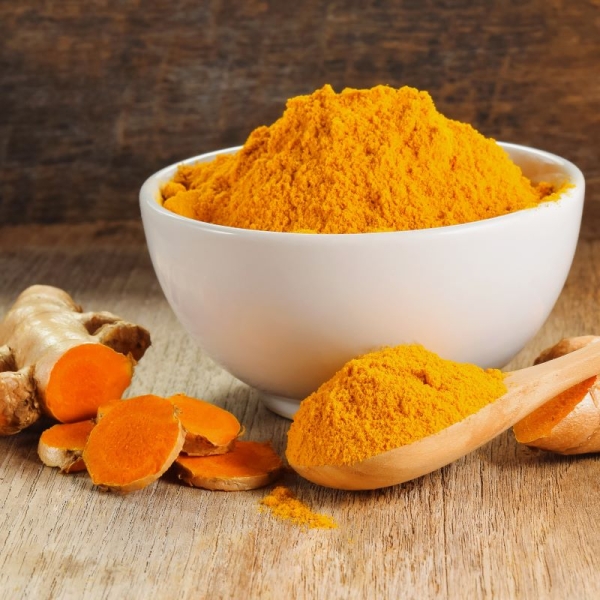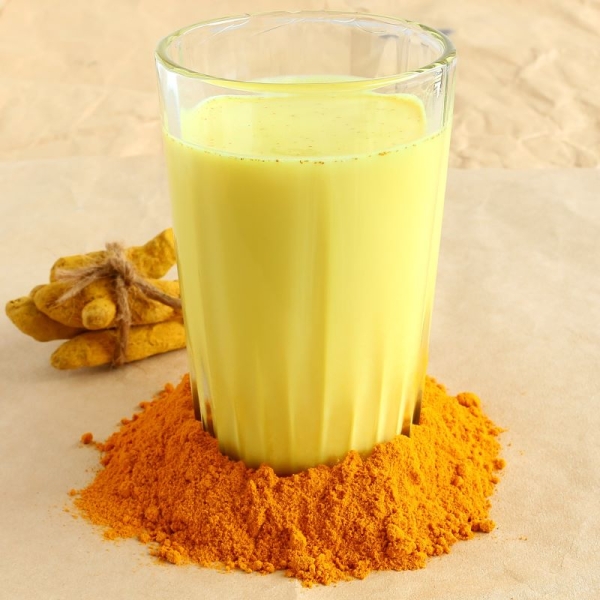19 Aug 2024 — At the ongoing American Chemical Society’s Fall meeting (ACS Fall 2024), researchers presented an efficient method to make a plant-based, instant version of “golden” turmeric milk — typically marketed as a caffeine-free, healthy coffee alternative. The new version maintains the ingredients’ beneficial properties and extends its shelf life.
Golden turmeric milk or turmeric latte consists of milk, turmeric (Curcuma longa) and spices with a unique flavor. Turmeric contains the bioactive compound curcumin, which has been studied for its anti-inflammatory and antioxidant properties.
“It’s a very good beverage, especially if it’s cold outside or if you’re sick,” explains Anthony Suryamiharja, a graduate student at the University of Georgia, US, who presented the research. “If we can incorporate bioactive compounds like curcumin into plant-based milk to bring them up to the same nutritional level as cow’s milk, why not?”
However, the researchers note that it is difficult to separate curcumin from turmeric. As an alternative, they added turmeric powder to an alkaline solution with a high pH, which makes curcumin more soluble and easier to extract than in plain water.
The team added this deep red solution to soy milk, which was chosen for its high amino acid content. The researchers lowered the pH to neutral levels in the resulting dark yellow drink to make it safe for consumption. By freeze-drying the resulting “pseudo-golden milk,” the team removed the water from the solution to produce an instant golden milk powder.
According to the researchers, the powder “exhibited high water solubility due to the encapsulation of curcumin” within soy milk.
ACS Fall 2024 (August 18–22) features close to 10,000 presentations on a range of scientific topics.
Bioavailable turmeric
Typical curcumin extraction from turmeric requires complicated extraction techniques with organic solvents over multiple days. Moreover, the compound often breaks down over time, shortening its shelf life. Therefore, the researchers sought a new way to extract and store curcumin in plant-based milk.
The new method extracts curcumin from turmeric more efficiently and encapsulates the polyphenol in oil droplets within soy milk. The team notes that it “significantly” enhances the chemical stability of curcumin and is more environmentally friendly as it doesn’t rely on organic solvents or sophisticated equipment.

The new extraction method improves curcumin’s bioavailability by encapsulating it in oil droplets in soy milk.The researchers explain that when the product is consumed, the human body recognizes curcumin as fat and digests it as such, which “theoretically” makes the compound more bioavailable or likely to be absorbed in the body and have an effect.
Moreover, encapsulating the curcumin helps to protect it from air and water, preserving it for a longer time. The team explains that the process could be applied to other plant-based milks.
Bioavailability is crucial in turmeric and curcumin as research shows they are not well absorbed. Industry players aim to enhance absorption through technological advances.
Expanding access
The pH-driven extraction method could also be used on different plant compounds, such as blueberries. These are rich in water-soluble anthocyanins, which are recognized for their antioxidant properties and vascular benefits.
“When we use the same method, within around a minute, we can extract the polyphenols,” explains Dr. Hualu Zhou, assistant professor at the University of Georgia and principal investigator of the research. “We want to try and use it to upcycle by-products and reduce the food waste from fruit and vegetable farming here in Georgia.”
The researchers highlight that more research is needed before instant golden milk can be introduced to the market. They hope that the work can help explain the chemistry behind the drink and improve its nutritional value and convenience.
Suryamiharja adds: “People usually do many simple things in the kitchen, but they don’t realize there’s a chemistry behind it. So, we’re trying to explain those unspoken things.”
The research received start-up funding from the Department of Food Science & Technology at the University of Georgia.

